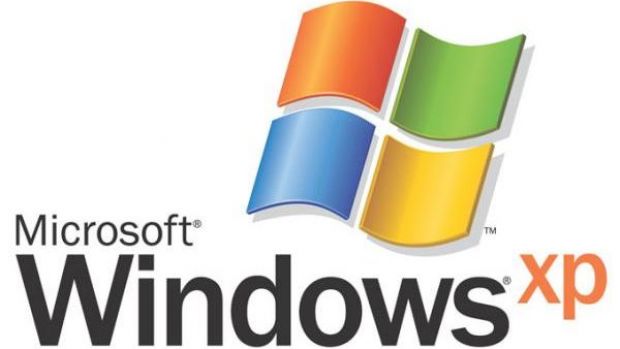My first experience with Windows was my father?s Windows Vista laptop back in 2009. I know, I know, I sound young, but in my defense, my school used MacBooks and I wasn?t allowed to own a PC until I was 13.
When my father allowed me to use his laptop for some school assignments, I was ecstatic! I blame those days for getting me into tech; the countless hours spent running Toon Town and Pirates of the Caribbean Online with a computer old enough to drink. Just kidding, but it was old.
But many started their Windows experience with Windows XP in 2001. At the time, Windows XP was the pinnacle of OS?s, and for some it still is. However, those people probably never heard of Windows 7.
But, even if Windows XP was a functional, smooth OS, there was one issue. One issue that, while not unique to the OS, was more prevalent on XP than any other OS before it: vulnerability.
Past Vulnerabilities
2001 and the next few years following were big for cybersecurity, as the threat of malware, trojan worms, viruses, etc. became clear, and this was due to Windows XP.
Windows XP was criticized heavily for it?s vulnerable software. And while I could leave it there, it?s best to look at why it was so vulnerable, but these answers are a bit hard to find.
For one, many of these worms and viruses came through an email. A user would receive an inconspicuous email with a document or .exe attached, said user would click on it and run it, then BOOM! Their computer is toast.
So, we have one for user error, zero for the OS itself. But wait! Windows XP is to blame due to Microsoft?s attempt at separating users by accounts, with an admin account being used for system control.
However, since this was their first attempt, problems were bound to arise. One problem was the complete lack of vulnerability the system experienced if a virus got into the system. All the virus would need to do is get into the admin account, then proceed to wreak havoc.
If you want to see examples of how vulnerable Windows XP was/is compared to other OS?s, I recommend checking out this YouTube channel based around testing malware, viruses, and a bunch of cybersecurity flaws.
Today?s Vulnerabilities
It?s no secret that Windows XP is no longer supported by Microsoft, as support ended way back in 2014. Well, barring that emergency patch for WannaCry.
Due to a lack of support, this section can be summed up with 5 words: Windows XP is a minefield!
Windows XP wasn?t secure 18 years ago and it definitely isn?t now. According to this research chart, 2011 was the worst year for the OS, being exposed to 111 forms of harmful software. And while the chart only shows 1 for 2019, that one is a new one. The other vulnerabilities are still there, as they haven? (Lasvegasoms.com) t been patched out yet.
Suffice to say, you shouldn?t be using Windows XP. Businesses, I?m looking at you!
Microsoft doesn?t own the best track record when it comes to security, but XP is the definition of insecure; it?s even worse than me in high school!
Even if you?re broke, lost in the Amazon rainforest, and a Windows XP laptop is your only source of contact, don?t use it. I know it?s an 18-year old OS, but many businesses still use it, which is terrifying.
Don?t use XP for personal use, don?t use it for workbut if you must, take all the necessary precautions you can ? on top of an antivirus, make sure you pay attention to patching internet traffic security flaws with a Windows VPN.
And that is a quick glimpse into Windows XP and it?s sad history of security. At least we got Windows 10 and it?s?ok security? Windows Defender is fine, I guess.


